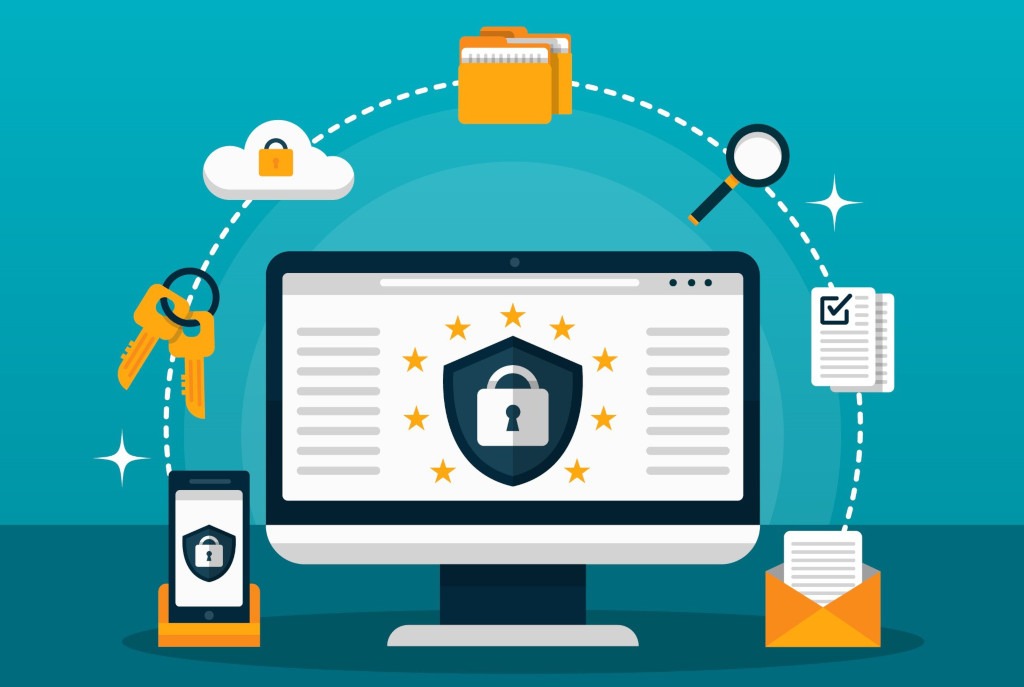In today’s hyperconnected digital era, personal data has become one of the most valuable assets for individuals and businesses alike. However, with the rapid exchange of information comes an increased risk of data misuse, breaches, and cyberattacks. To address these challenges, various regions around the world have introduced strict data protection laws to safeguard personal information. Understanding these laws — and implementing technologies that comply with them — is essential for any organization that values trust, security, and long-term sustainability.
What is GDPR?
The General Data Protection Regulation (GDPR) is a data protection law that has been in effect across the European Union since May 2018. It sets strict rules on how organizations collect, store, process, and share personal data.
Key GDPR principles include:
- Consent and Control – Data can only be processed with clear, informed consent from the owner.
- Transparency – Individuals must be informed about how their data will be used.
- Rights Over Data – Individuals have the right to access, correct, delete, and transfer their data.
What is PDPA?
The Personal Data Protection Act (PDPA) is enforced in countries such as Singapore, Malaysia, and Thailand, with slight variations in each jurisdiction. Its primary goal is to prevent the misuse of personal information.
Key PDPA principles include:
- Collection Limitation – Data must only be collected if it is relevant and necessary.
- Data Security – Organizations must take preventive measures to avoid data leaks.
- Purpose Limitation – Data cannot be used outside of the purposes agreed upon.
Other Data Protection Laws Around the World
While GDPR and PDPA are well-known, many other countries have introduced their own regulations to protect citizens’ privacy:
- CCPA (California Consumer Privacy Act – USA) – Grants California residents the right to know what personal data is collected about them, the right to opt out of the sale of their data, and the right to request deletion of their information.
- LGPD (Lei Geral de Proteção de Dados – Brazil) – Closely modeled after GDPR, LGPD regulates the use of personal data for both online and offline activities, with specific rules for sensitive data.
- POPIA (Protection of Personal Information Act – South Africa) – Establishes conditions for lawful processing of personal data and imposes penalties for misuse.
- Indonesia’s Personal Data Protection Law (UU PDP) – Passed in 2022 and fully effective in 2024, this law provides citizens with rights similar to GDPR, such as data access, correction, and erasure, and requires organizations to implement strict data security measures.
Despite regional differences, these laws share a common purpose: to safeguard individuals’ privacy rights and prevent the misuse of their personal data.
Benefits of Using Technology That Complies with Privacy Standards
Adopting technologies aligned with regulations such as GDPR and PDPA provides multiple benefits for both businesses and end users:
1. Increased Customer Trust – Compliance signals that the company is committed to protecting customer data, boosting loyalty.
2. Reduced Legal Risks – Avoids heavy penalties, such as GDPR fines of up to €20 million or 4% of global annual revenue.
3. Competitive Advantage – Strong data protection practices attract more business partners, especially in international markets.
4. Protection Against Data Breaches – High security standards help prevent hacking, identity theft, and unauthorized access.
5. Global Market Readiness – Compliance with international privacy standards makes it easier to expand into global markets without major system overhauls.
Conclusion
In the digital age, personal data is a highly valuable asset. Complying with regulations such as GDPR, PDPA, and other data protection laws is not just about legal obligations — it’s about building trust, strengthening reputation, and ensuring business continuity in a highly competitive global market. Technologies that meet these privacy standards are no longer a luxury but a critical necessity in the face of growing cybersecurity threats and increasing demands for transparency.

